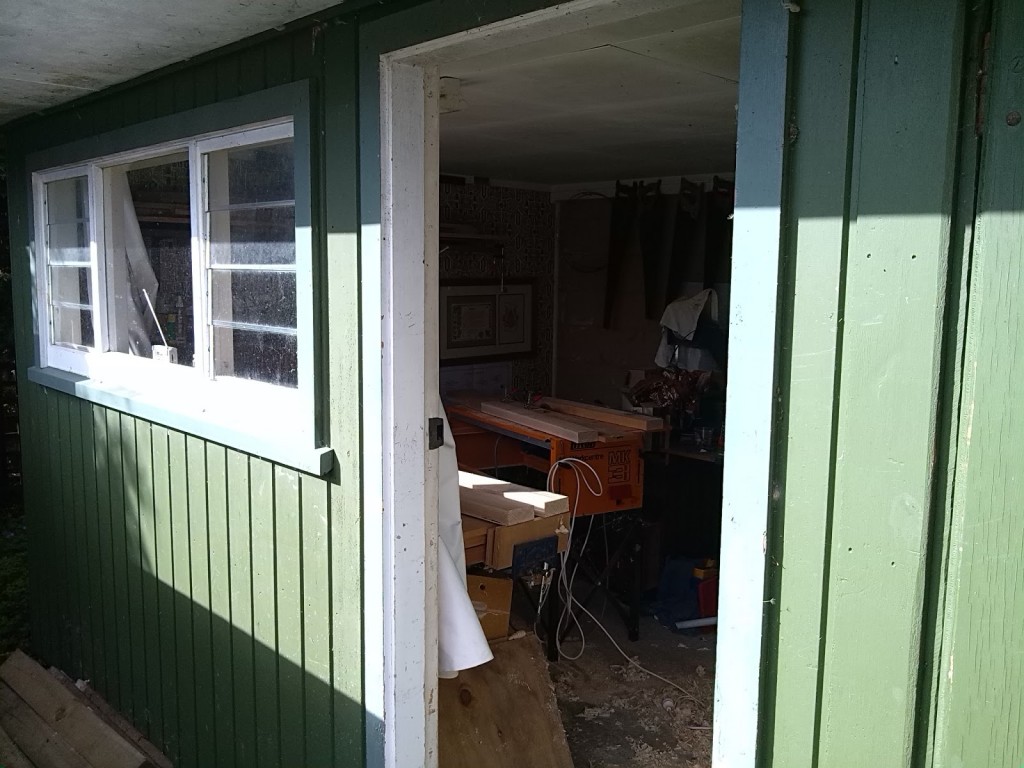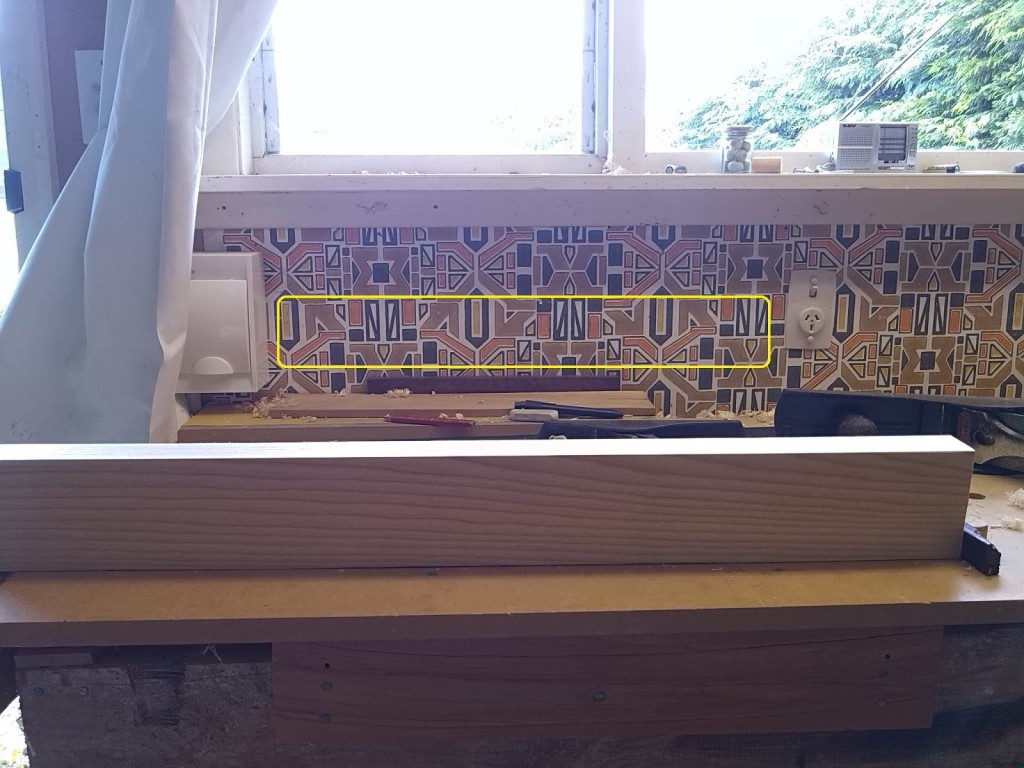Welcome to our 2016 Woodworking Resolutions blogger series. Every year we invite our bloggers to share their resolutions specific to their woodworking goals for the new year. Click each link below to read our bloggers’ resolutions!
This year marks a line in the sand for me. In 1996 I weighed up 3 career options… music, furniture making, and IT. I decided to pursue IT with the aim that with the income it would provide, I could pay my bills and at least dabble in my other two interests. That was 19 years ago and the plan paid off.. mostly.
The time has come for me to progress my furniture making dreams. (my music dreams are another story, and may even overlap if I ever make a jazz guitar)
My resolution:
“In 2016, I will design, make, and sell an item of furniture, to a stranger, for a profit.”
Why design? Because I love the process of taking something from just an idea to an actual useable product, a thing of both beauty and of use.
Why make? I think that one is self evident.. we like making stuff here, agreed?
Why to a stranger? Because it truly counts. The piece stands on its own merits, there are no favours, false compliments, politics involved.. it’s either worth the price or it isn’t. I have actually sold a piece of furniture once before.. I was commissioned by a friend to build a dining table, which I did.
I was lucky in that they style they liked was ‘rustic’ which meant that I didn’t have to perfectly edge join the top, so it worked out ok. My plans for the future though are more ‘fine’ than ‘plank’.
Why for a profit? 5 years ago I bought about 10 Ash planks which then sat idle. I need to ensure that when I consume these by turning them into furniture, that I have enough left over money to replenish the wood supply.
An important part of this resolution is that it is time-bound. I need to not be writing a follow up article in 19 more years wishing I’d achieved more. By the middle of this year I want to have finished this one, with a really good understanding of the number of hours required and the profit, if any, that resulted.
I fully expect to be horrified with profit/loss and to be shocked that I’d only earn a dollar an hour if I pursued this kind of work, but it will be a good starting point.. better to be enthusiast and informed, than apathetic and not try at all.
Wish me luck.
..Marty
Marty is a full time IT worker from New Zealand who is continuing a long journey to learn furniture making despite the common obstacles of limited time, money & workspace.


